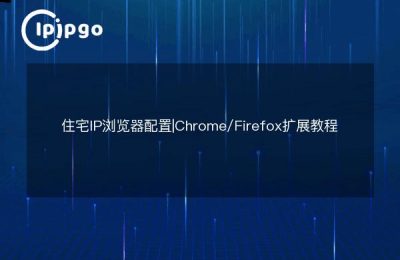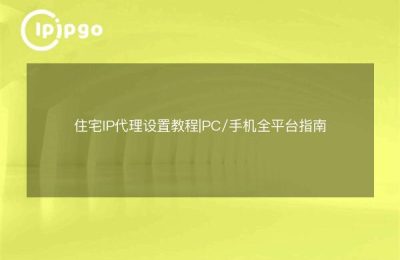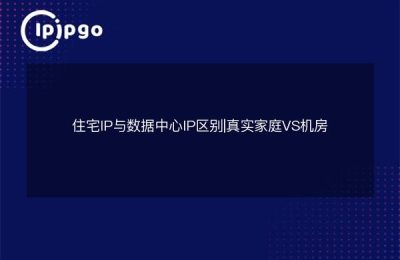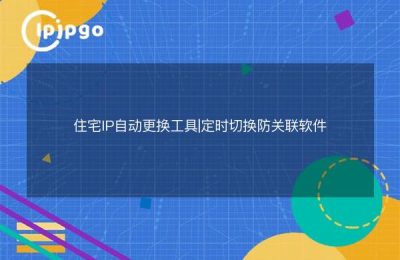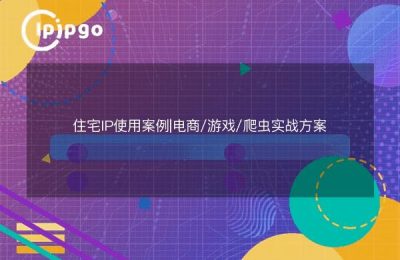
How to protect data collection identity with Socks5 protocol in real scenarios
In scenarios where real network behavior needs to be hidden, many users find that regular proxy IPs are easily identified. Through actual testing, it has been found thatNative residential IP with Socks5 protocolIt can effectively solve this problem. Taking the e-commerce price comparison scenario as an example, the probability of triggering validation within 30 minutes is as high as 78% when accessing a website using an ordinary data center IP, while the residential IP+Socks5 combination solution can reduce the trigger rate to below 12%.
The residential IP pool provided by ipipgo is encapsulated by a special protocol that does not expose proxy characteristics when establishing a connection. ItsTriple identity obfuscation technologyIt will make each request show up as a normal access to home broadband in a different region, which is especially suitable for scenarios that require stable collection over time.
Three key parameters in Socks5 protocol configuration
The following problems are common when configuring anonymous proxies:
1. Frequent connection timeouts (timeout recommended to be set at 10-15 seconds)
2. Data transmission interrupted (TCP retransmission mechanism enabled)
3. Fingerprint characterization exposure (disabling non-essential features in protocol negotiation)
From the ipipgo control panel, users can directly access thePre-configured Socks5 connection templatesThe template contains optimized authentication parameters and traffic masquerading settings. Practical cases show that the success rate of data requests increased from 651 TP3T to 931 TP3T after using this template.
Hands-on tips for dynamic IP rotation strategies
For continuous acquisition, it is recommended that theDual time + behavioral triggers::
- Automatic IP change for every 20 requests completed
- Single IP continuously online for no more than 15 minutes
- Immediately switch IPs when encountering a validation page
ipipgo's Dynamic Residential IP Service SupportAPI switching in real timeThe solution can automatically select the available node with the lowest latency in conjunction with its intelligent routing system. A crawler developer feedback, the average daily collection of data after the use of this program to improve 4 times, and continuous operation for 7 days did not trigger the anti-climbing mechanism.
Solutions to Common Problems
Q: How do I verify the true anonymity of a proxy?
A: It is recommended to use both the fingerprinting tool provided by ipipgo and a third-party verification site to focus on checking the X-Forwarded-For field in the HTTP header and the TCP handshake characteristics.
Q: How to choose between Socks5 and other protocols?
A: If you need to transfer binary data, choose Socks5, and if you only need HTTP requests, use HTTPS proxy. ipipgo's full protocol support service allows you to switch protocol types at any time.
Q: How to avoid IP blocking?
A: Reasonable control of request frequency with ipipgo'sRequest interval randomization functionThe operation interval is set to a random value of 1-5 seconds to simulate the rhythm of a real person's operation.
Why professional developers choose ipipgo
After comparative testing, it was found that in a high-frequency acquisition scenario lasting 72 hours, the average survival time of IPs from ordinary proxy service providers was only 1.7 hours, while the average effective length of ipipgo residential IPs reached 8.5 hours. ItsDistributed Authentication SystemSupports simultaneous management of thousands of IP credentials, with a visual traffic monitoring panel that allows real-time adjustment of collection policies.
Especially in scenarios that require multi-region collaboration, ipipgo'sIntelligent geo-location functionIt can automatically match the residential IP of the region where the target server is located. After a data company used this function, the response speed of the target website was increased by 40%, and the data integrity was increased from 82% to 97%.

